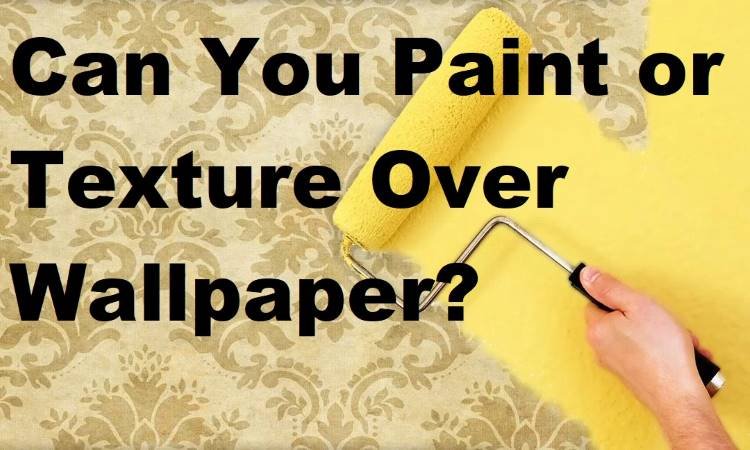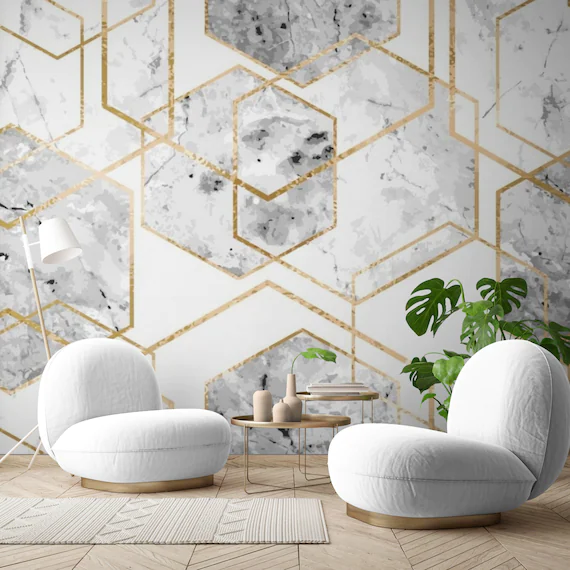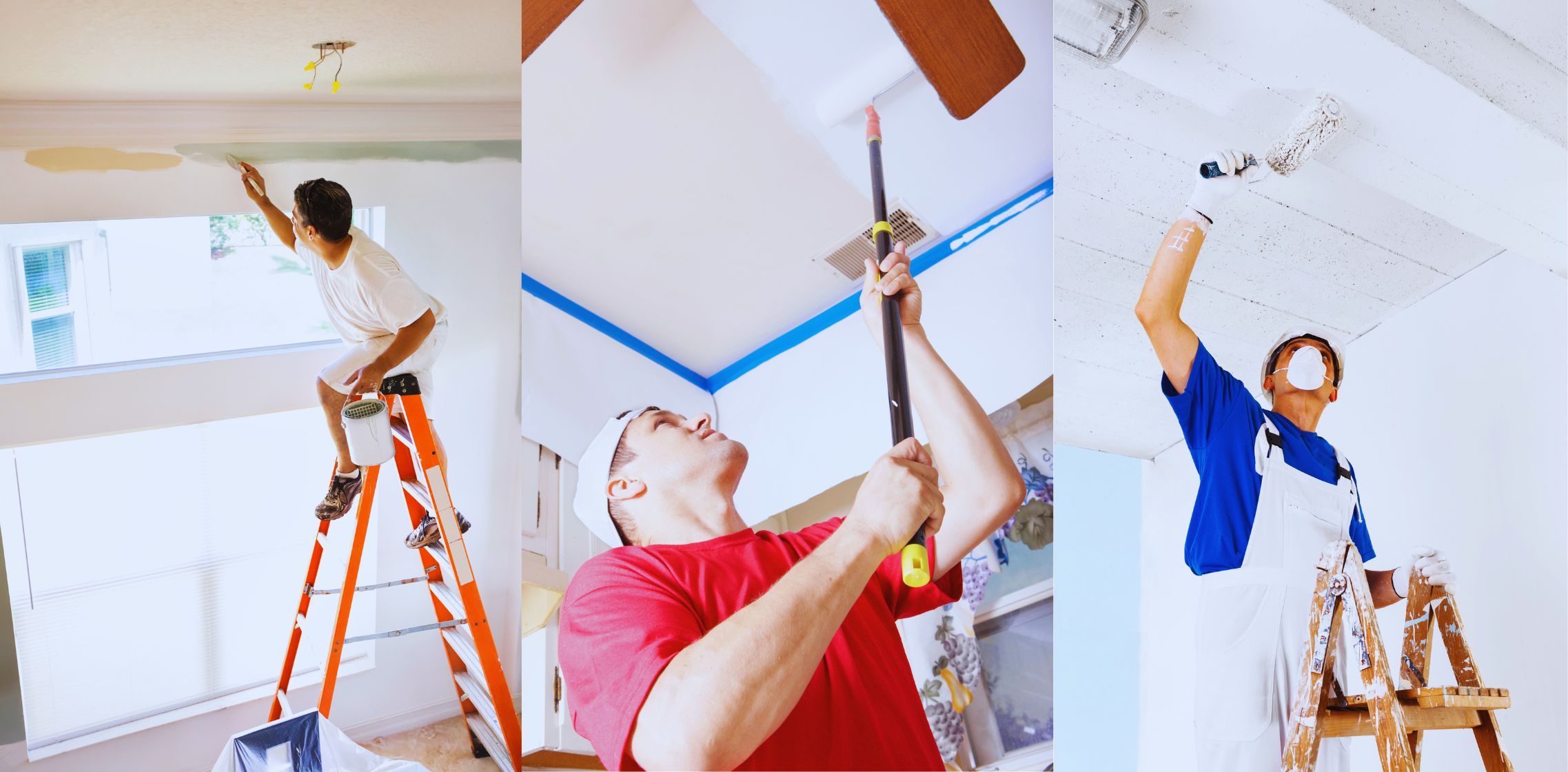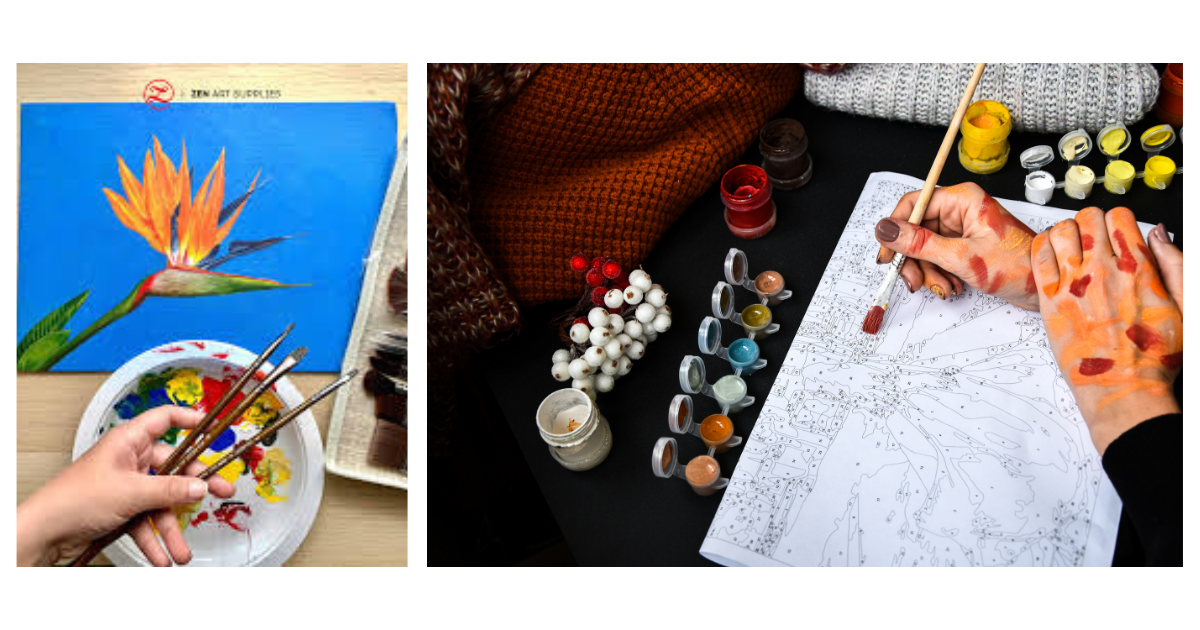Wallpaper can bring charm and personality to any room, but there may come a time when you want to update its look. Thankfully, you have two options: painting over wallpaper or texturing it.
In this blog post, we will explore these methods and guide you on how to achieve a fresh and updated home decor without the need to replace your wallpaper.
Can You Paint Over Wallpaper?
The answer is yes, but it’s generally not recommended by paint experts. They advise removing the wallpaper first and ensuring the wall is free from any adhesive residues. However, there are some downsides to consider.
Removing wallpaper can potentially damage fragile drywall or plastered walls, especially if they were not initially suitable for the wallpaper. Additionally, removing multiple layers of wallpaper can escalate this damage.

That said, there are exceptions to the rule. Certain wallpapers should not be painted over, such as fabric-backed vinyl wallpapers. Painting them can result in bubbles on the surface that cannot be fixed, as these types of wallpapers do not allow paint to penetrate their pores.
How to Paint Over Wallpaper
If you decide to paint over wallpaper, follow these steps to ensure a successful outcome:
- Clean the wall: Remove any dust and dirt from the wallpaper surface. A clean wall will allow the primer to adhere properly.
- Check for damages: Inspect the wallpaper for any peeling edges or seams. If you find any, reattach them using a wallpaper adhesive. For loose edges, cut them and apply thin putty to level the surface. If the wallpaper is textured, use a sander to smoothen it.
- Prime the wall: Apply a primer to the wallpaper. You can choose to prime the entire wall or specific areas, depending on your desired outcome and whether there’s an adhesive backing.
- Paint the wall: Once the primer is dry, you can proceed with painting the wall. Use a high-quality paint and apply it evenly using a brush or roller. Multiple coats may be necessary for better coverage.
Can You Texture Over Wallpaper?
Texture can be applied over wallpaper to give it a fresh and unique look. However, it’s important to note that not all wallpapers are suitable for texturing. Smooth wallpaper surfaces without an adhesive backing are more conducive to texturing.

How to Texture Over Wallpaper
If you want to add texture to your wallpaper, follow these steps:
- Clean the wall: Ensure that the wallpaper surface is free from dust and dirt.
- Prepare the texture: Choose the desired texture, such as joint compound or textured paint. Follow the manufacturer’s instructions to mix and prepare the texture material.
- Apply the texture: Use a trowel or a texture roller to apply the texture material onto the wallpaper. Start from the top and work your way down, ensuring even coverage.
- Allow drying time: Let the texture dry completely according to the manufacturer’s instructions. This may take several hours or even overnight.
- Paint or finish: Once the texture is dry, you can paint over it or apply a finishing technique to achieve your desired look. Follow the appropriate steps for painting or finishing as mentioned earlier.
Conclusion
Painting or texturing over wallpaper can be a great way to update your home decor without the need for wallpaper removal. While painting over wallpaper is generally not recommended, it can be done with careful preparation and consideration.
Texturing over wallpaper provides a unique and personalized touch to your walls. Whichever method you choose, ensure proper cleaning, preparation, and use high-quality materials for the best results.









